The crypto market has evolved immensely over the past decade; however, one aspect of the industry that has remained somewhat constant through all of the changes is the idea of ‘staking.’ In essence, staking entails locking up one’s tokens in lieu of ensured rewards — all while retaining control over the assets in question. However, that could be simplifying the concept a little too much.
To expand on the subject, users can stake their tokens to become validators in Proof-of-Stake (PoS) networks, thereby maintaining the network’s integrity. Staking can also play a role in governance voting, granting users tokens to vote on network changes or upgrades. Similarly, within the realm of decentralized finance (DeFi), staking can be used for liquidity provision such that users can stake tokens in liquidity pools to facilitate trading and, in return, earn a portion of the transaction’s associated trading fees.
Yield farming is another exciting use case, where users can stake tokens in different protocols to farm other cryptos as rewards. This often provides high yields but comes with higher risks. NFT staking is a newer but rapidly growing implementation, allowing users to stake NFTs to earn rewards or unlock special features.
Crypto can be intimidating!
While the aforementioned use cases surrounding staking sound extremely appealing, accessing them can be quite difficult for new users, especially those with no crypto and blockchain tech background. Terms like “Proof-of-Stake,” “validators,” and “liquidity pools” can be overwhelming, and understanding the mechanics of staking requires a certain level of expertise.
Beyond the jargon, risk assessment is another serious challenge since staking often involves locking up one’s tokens for extended periods. Similarly, interacting with smart contracts, a common requirement for staking, adds another layer of complexity to the fray. Then there’s the matter of wallet management, wherein some individuals may not be familiar with the optimal practices required to secure their cryptos during the staking process.
Concepts like impermanent loss (in relation to liquidity provision) are not straightforward either, while the idea of transaction fees (gas fees) can also be confusing for many.
Enter Web3
Over the last couple of years, Web3 has revolutionized how people interact with video games. This has been done by integrating elements of the blockchain, such as crypto tokens and NFTs, into the gameplay mechanics of many popular titles. Unlike traditional gaming, where in-game assets are confined to the game’s ecosystem, Web3 games treat these elements as either end rewards or usable assets with real-world value. This means that assets like swords, shields, or even characters can be sold or traded across different platforms, providing players with tangible benefits.
Landrocker is a perfect example of this, requiring players to compete with one another to uncover valuable resources such as NFTs, crypto tokens, etc. It is an excellent example of how crypto trading elements can seamlessly integrate into a Web3 gaming environment.
To elaborate, the game offers a variety of staking options that not only enhance one’s gameplay experience and offer financial incentives. For instance, players can stake their held ‘LRT’ (Landrockers’ native cryptocurrency) within different pools to earn additional fuel for their exploration rovers or to acquire high-performance rovers that can hasten the acquisition of hidden resources.
The aforementioned staking mechanisms are akin to investment options in the crypto trading world. Still, they are integrated into the game in a way that makes them accessible and engaging for players. Lastly, Landrocker takes things further with its unique “NFT Staking for Revenue Share” feature, allowing players to stake their crafted planets as NFTs and earn a share of the profits generated from mining activities on those planets.
What lies ahead for the crypto market?
With crypto having become a trillion-dollar industry, it is not far-fetched to assume that in the near future, more and more people may be drawn to this market via a gaming-centric avenue — such as the one offered by Landrocker. To this point, a recent survey found that an overwhelming majority (94%) of crypto investors fall in the 18-40 age range, the same age group where most of today’s gamers lie. Thus, looking ahead, it will be interesting to see how the world of digital asset staking continues to intersect with the blockchain gaming market.

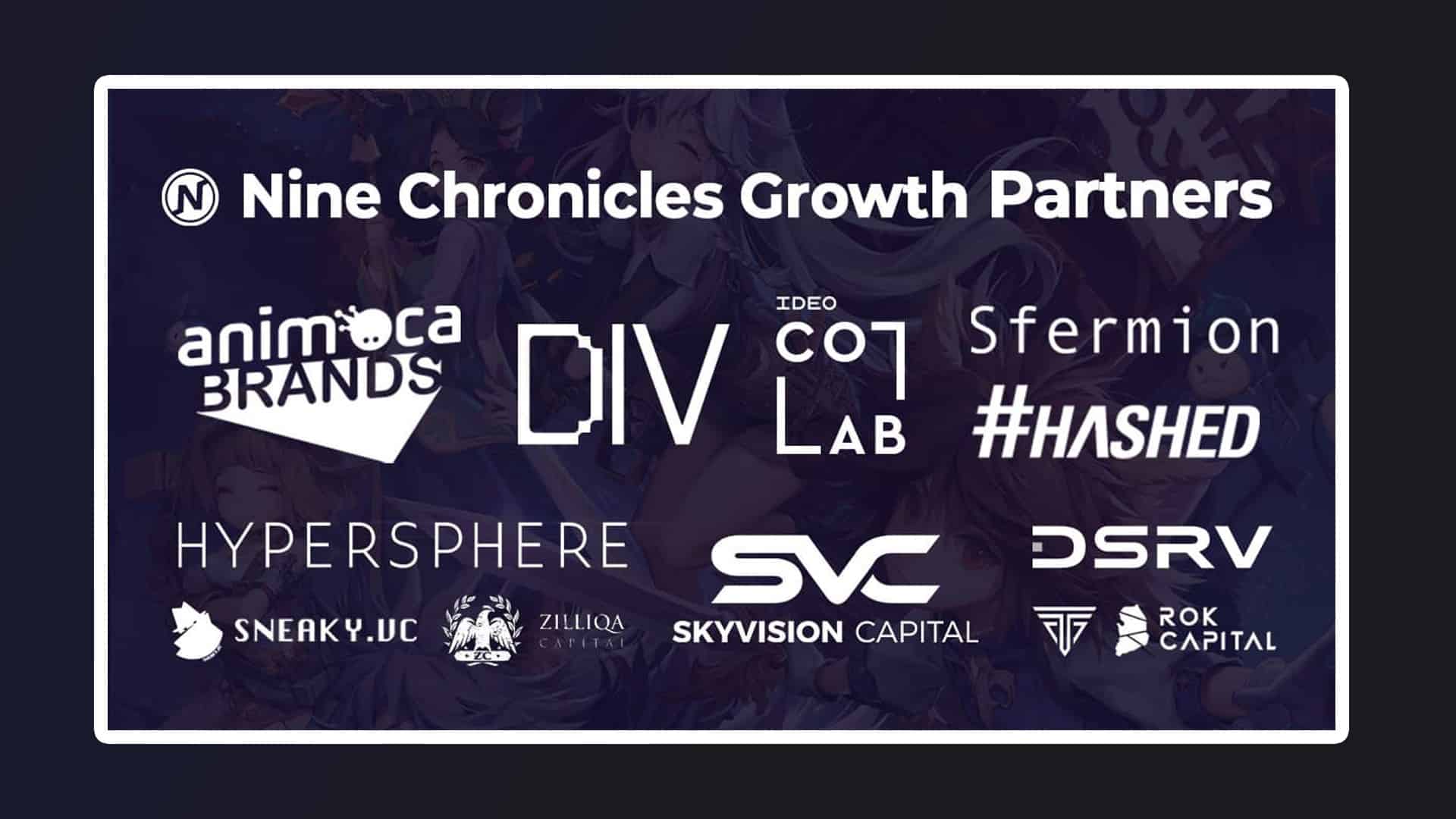


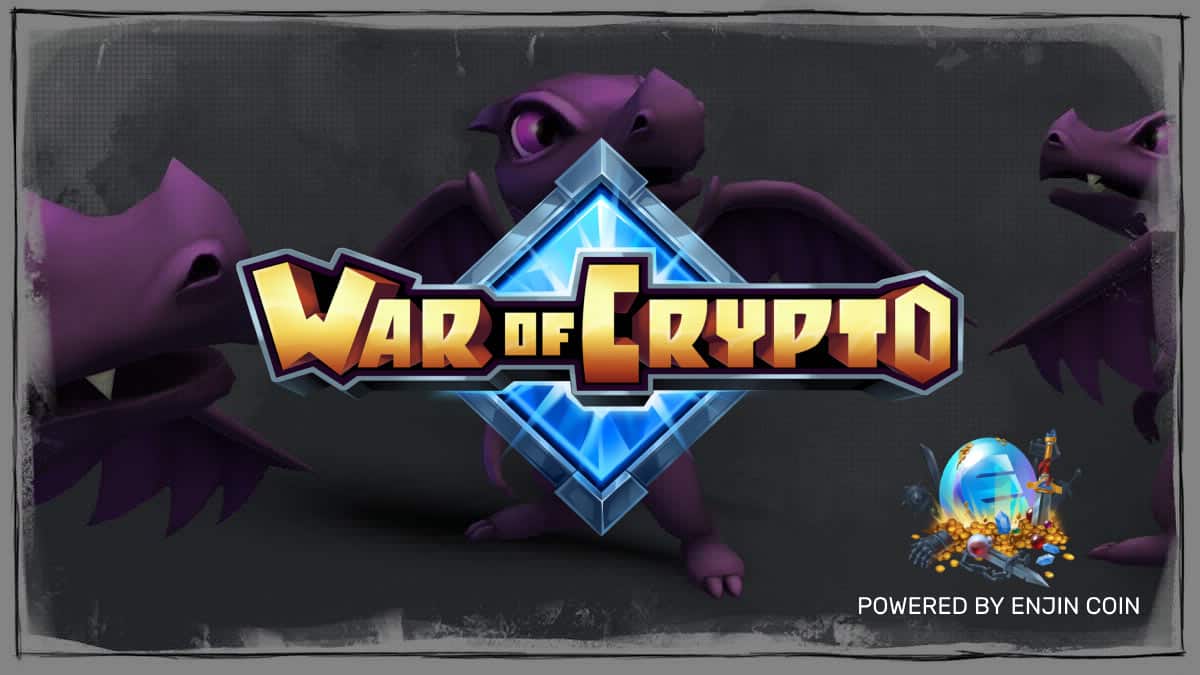



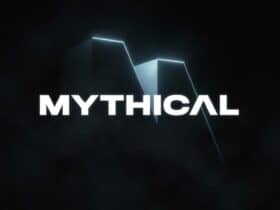


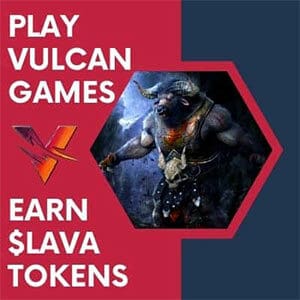
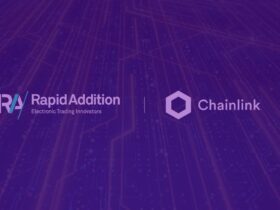
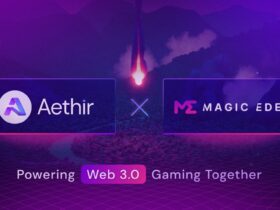


STAY ALWAYS UP TO DATE